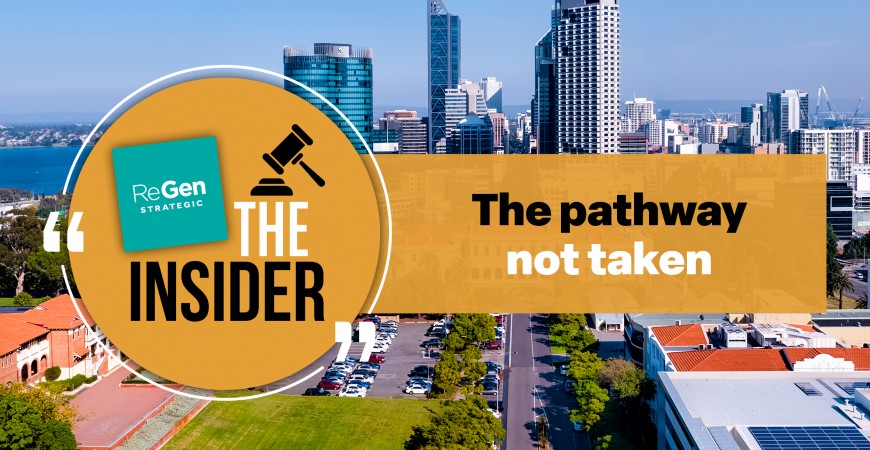Australia, like any other sovereign nation, has the capacity to choose its own pathway through the energy transition.
It prompts a comparison with Robert Frost’s The Road Not Taken. Often misconstrued as a tribute to the unconventional traveller, the real lesson is that only one road can be taken, as prior footsteps propel the journey onwards.
Two roads diverges in a yellow wood
And sorry I could not travel both
Australia has a unique history, current context and opportunity to support the globe's energy transition well into the second-half of this century.
The way in which our own decarbonisation pathway is shaped will be similarly unique. The sectoral pathways that this national transition is comprised of will contain different starting positions, embedded biases and tolerances to change.
Alongside a considerable per capita emissions footprint domestically, Australia’s fossil fuel exports will be increasingly scrutinised as our Scope 3 emissions become a Scope 1 and Scope 2 challenge for our trading partners.
As an island continent, Australia has a broader swatch of the periodic table and has the opportunity to markedly change the access to critical minerals such as lithium, vanadium and rare earths, as we have with iron ore, bauxite and fossil fuels historically.
And as the energy transition shifts focus from minerals, to molecules, to electrons, Australia can conceivably reshape our industrial footprint domestically, as the advent of cheaper electricity renewable energy generation and storage becomes a reality at-scale.
This move towards clean energy is not isolated to Australia, with the International Energy Agency reporting that investment in clean energy over the past year outstripped investment in fossil fuels by two to one (US$2.2 trillion vs US$1.1 trillion).
Then took the other, as just as fair,
And having perhaps the better claim
Following the 2025 Federal election, the seemingly renegade views that hark back to a mid-1900s version of Australia are not just fanciful, they would appear to be illogical.
To push back on a perception that Australia no longer, or shall no longer, make things, the coming decades offer some of the most prospective government policies to induce sovereign manufacturing since the post-WWII era.
While it might not appear to be as complex as a VH Commodore, the prospect of manufacturing green iron, long-duration batteries and low-carbon cement can be nation-building and sustain our economic prosperity and security.
And both that morning equally lay
In leaves no step had trodden black.
We are heading down a pathway with fewer guarantees than at any time since the end of the Cold War. The global model of free trade that shepherded economies through the 1990s is fracturing, while bad actors are emboldened to act with geopolitical consequences.
We can insure, hedge and play to our strengths as a nation, but ultimately Australia is in the process of making a set of strategic choices that will define the coming decades.
I took the one less traveled by,
And that has made all the difference.
ReGen Strategic’s stakeholder engagement practice is often working at the intersection of clean energy entrants to WA and existing operators seeking to decarbonise at-scale.
The present challenge for clean energy proponents is to articulate the ways in which a ‘goldilocks’ amount of government support can bring about sustainable commercial models and access to maturing markets.
If Australia can get this right, the pathway through the coming decades can be considerably less bumpy that other nations.
 ReGen Strategic
ReGen Strategic